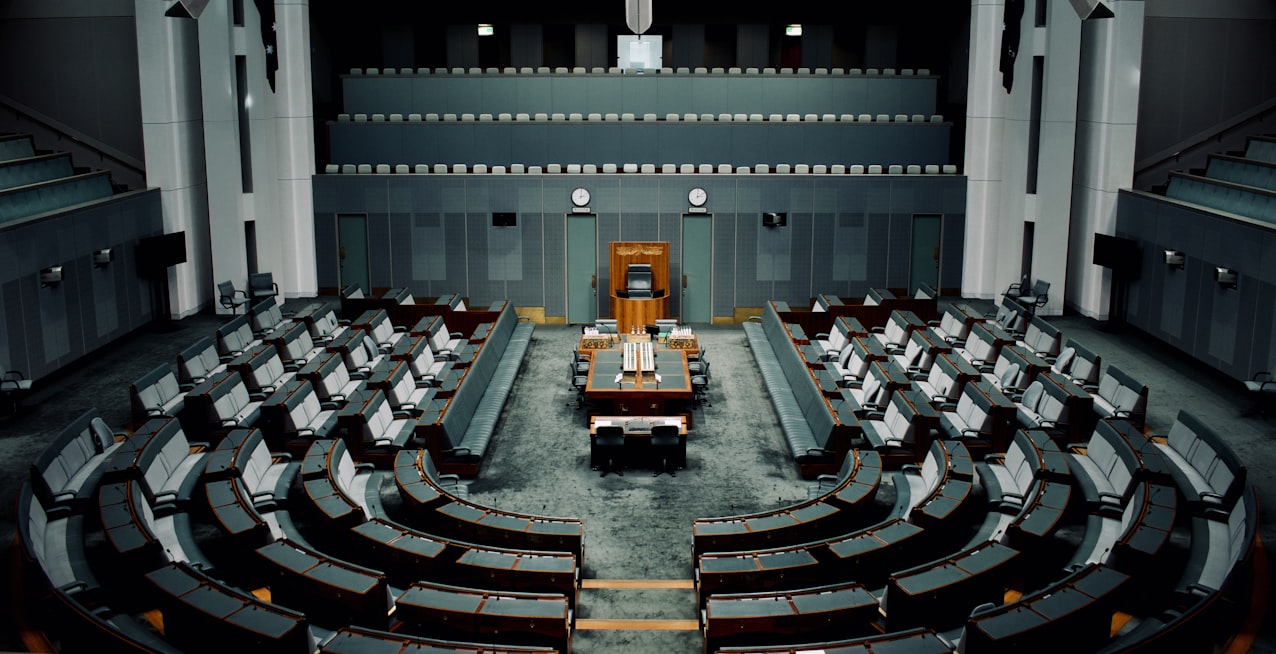A European surge in natural gas prices by much as 600 per cent has made global news this year.
The rise comes at a time when demand for gas is increasing globally, with many countries around the world continuing to re-open following the lifting of COVID-19 restrictions and make winter preparations.
In Asia, demand has been driven by a combination of the increased need for space heating, continued rapid growth in China, and a desire to keep LNG storage tanks topped up throughout the summer.
And in South America, low hydroelectricity output and a slump in domestic gas production have likewise generated strong LNG demand, with an anticipated five per cent increase in available LNG export capacity offset by outages and feed gas issues at numerous plants.
These requirements have resulted in a significant tightening of global LNG supply markets which, when combined with local factors such as lower-than-average stock replenishment and pipeline imports, has left Europe with a relative shortage of gas, and led to financial difficulties for several energy producers
Additionally, an ongoing continental shift away from ageing coal-fired, and – in some nations such as Belgium – nuclear power plants, has placed further pressures on gas suppliers to bridge the resultant energy gap, further driving up prices.
What’s the difference?
Some commentators in the Australian media have suggested that Australia should be equally prepared for such price shocks, but the reality is that the European and Australian gas markets are very different, and the circumstances that led to Europe’s current situation are not generally applicable to Australia, even in the face of challenging conditions.
While the basic principle that supply influences prices (particularly when demand is robust), remains universal, there are several factors that set Australia and Europe’s markets apart.
Supply pressures are heightened in European markets in part due to its role as the global balancing market for LNG.
Australian gas prices are connected to international oil and gas prices, but local conditions play an important role in determining potential impacts and should not be ignored.
For one thing, our nation enjoys considerable domestic production capacity when compared with most European countries, and therefore is not as reliant on external suppliers.
Most Australian LNG contracts are traded under long-term contracts, and as such do not possess the volatility inherent to short-term markets.
While short-term market movements can place some upward pressure on long-term Australian contract pricing over time (particularly Asian LNG spot prices), the truth remains that Australia’s preference for long-term contracts in combination with its domestic supply provides Australian exporters and customers with a significant level of security and stability not afforded to our European counterparts.







